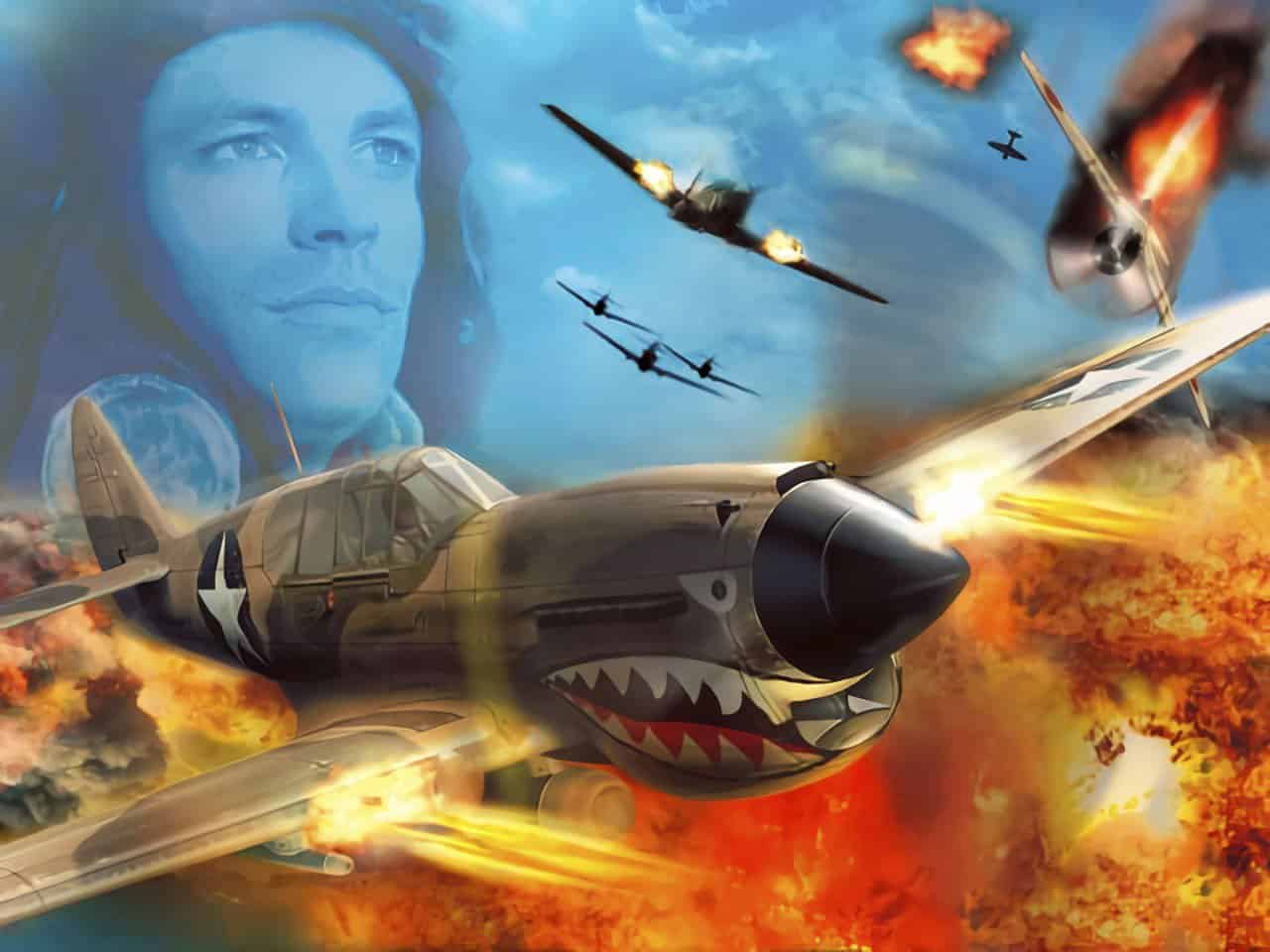You can trust VideoGamer. Our team of gaming experts spend hours testing and reviewing the latest games, to ensure you're reading the most comprehensive guide possible. Rest assured, all imagery and advice is unique and original. Check out how we test and review games here
Arcade style flight sims are a pretty rare breed. The Ace Combat series, Crimson Skies and Weapons over Normandy have been about it in recent years, but Codemasters are having a stab with Heroes of the Pacific. The World War II themed action game brings a lot to the table, with a lengthy single-player campaign and online multiplayer in all three versions, but is it enough to please fans of the genre?
Playing as Word War II fighter pilot William Crowe, the game starts during a Japanese attack on Pearl Harbour in 1941. During the attack William’s Brother Charlie is killed and from that point on William is determined to make the Japanese pay for what they did. The actual story has little significance as you’re essentially going to fight for your country anyway, but some effort has been made to tell a story as the game progresses.
The campaign is the main game mode and you’ll fly in battles at Pearl Harbour, through to the final battles of the Philippines and Iwo Jima. On the way you’ll earn new planes and upgrade points (to upgrade your planes’ guns, engines, armour and secondary armament), but some planes can only be unlocked by completing missions on the game’s hardest ‘ACE’ difficulty setting. You’ve got four plane types available (Fighters, Dive Bombers, Torpedo Bombers and Bombers) but you initially only have the standard fighters at your disposal. Later missions will require you to choose more suitable planes for the tasks at hand.
Actual combat is a lot of fun, and can be tailored towards your level of competence. If you want a more arcade experience you can opt to fly the planes as if they were flying cars, but choosing the Professional setup will give you a more authentic experience and improved control over your plane. Whichever control type you use you’ll have primary and secondary weapons and wingmen to control (although these aren’t with you for every mission). The wingmen can be issued with four basic commands: support, break away, defend, or attack. It’s not deeply complex stuff and the commands don’t always seem to get through to the other pilots, but works well enough when it’s needed.
With primary and secondary objectives, wingmen, ground targets, sea targets and a load of enemy planes in the sky, the screen can get a little messy. The game’s radar and on-screen arrows do a good job of indicating where targets and objectives are located, but on more intense missions, things get rather jumbled, making navigation quite tricky. It definitely pays to become accustomed to the various colour coded markers that the game uses to identify things, so you can get a better idea of the area and the enemies that surround you.
While you’re flying a plane for the entirety of the game, the developers have attempted to vary things a little. Enemies come at you from all angles, from the sea, ground and the air, and the changes in gameplay when flying the different plane types keep things as fresh as they can be. The intensity of missions also really picks up towards the latter half of the game, with an increase in enemies in the sky making for some spectacular dog fights.
Aside from the campaign, you can replay any missions you’ve already completed, practice your skills in the game’s training mode or try some historical missions. You can unlock a total of five historical missions by progressing through the game and they offer action that accurately resembles events from the war. They’re certainly a nice bonus, but won’t provide you with the same amount of play time as the main campaign. However, the multiplayer modes will extend the game’s lifespan.
Split-screen multiplayer is supported, but the real lasting appeal lies in the online game modes. With support for up to eight players and over five solo and team-based game modes to play, fans of the game will get a lot of enjoyment out of online play. There’s the usual deathmatch, team-deathmatch and capture the flag, plus a base defence mode and ‘fox mode’ in which you must remain as the fox for as long as possible, with other players becoming the fox for repeatedly shooting you. Lag was minimal in the games I played, but the number of people playing online is already quite low. How this will fare in the coming months remains to be seen, but if a strong fan base builds up online play could be enjoyed for many months.
While not a visually stunning game, it has its moments. Planes are well modelled and environments look decent enough (a little lacking in detail and rather sparse, but that’s expected from a flight sim), but the stars of the show are the clouds. They really look great, raising the visuals up a notch or two. There’s also a rather nice blur effect for when you use your plane’s turbo boost and widescreen support. It doesn’t have the sleek style of the Ace Combat series, but it has a charm all of its own, helped by some nicely done animated cutscenes and some rather rousing music during battle.
Heroes of the Pacific definitely caters for a rather niche market. You can easily get into the action without any flight sim experience, but a love of planes and aerial combat is bound to increase your enjoyment. If previous aerial combat games have left a bitter taste in your mouth, this won’t taste any better, but fans of the genre bored by relentlessly replaying Crimson Skies will find plenty to enjoy.
Heroes of the Pacific
- Platform(s): PC, PlayStation 2, Xbox
- Genre(s): Arcade, Flight, Simulation






